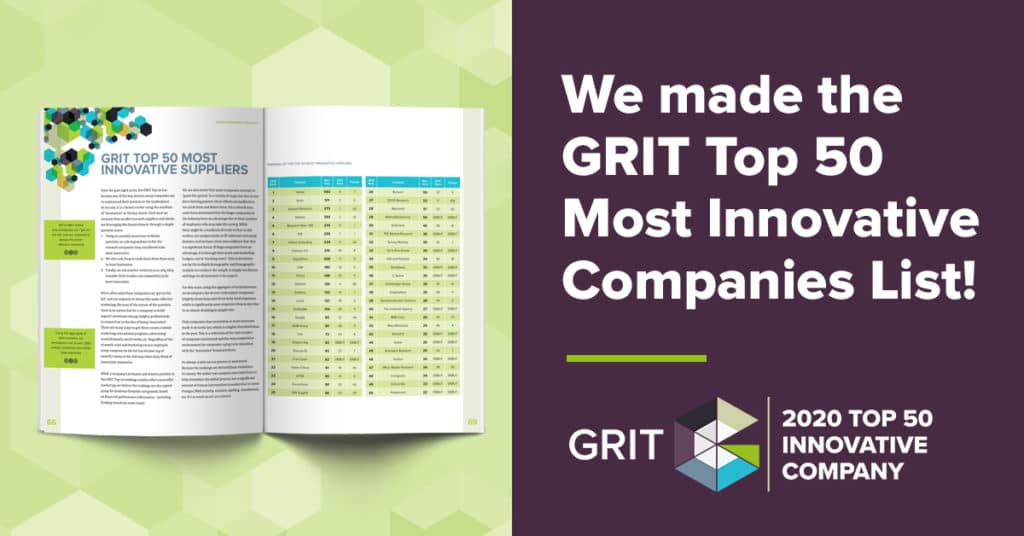Guest post by Discuss.io board member Mark Sherrington
Is great marketing consumer-focused and nothing else? This has been a central debate in marketing ever since Henry Ford said “If I’d listened to my customers, I’d have given them a faster horse,” and then in 1960, Harvard professor of economics Theodore Levitt published Marketing Myopia, which told us we had to make the consumer the focus of everything we do.
That conclusion requires we stay tethered to consumers, focus on their needs and aspirations, and extrapolate that insight to guide the investment of marketing budget. An alternative view holds that consumers don’t know what they want or think, and we need to guide them. Steve Jobs famously held this position and created the iPhone.
Eat Big Fish’s Adam Morgan, inventor of the “challenger” brand concept, suggests we do need to listen to consumers, but not to navigate solely based on what we hear. This means that neither Henry Ford and Theodore Levitt were entirely correct, and neither was Steve Jobs. You should listen to what consumers say, but think about what it implies that was unsaid. A customer may say “I need a faster horse.” But what else might that desire point toward? Feedback is retrograde—it’s invaluable for evaluation of how consumers interact with existing offerings, but is a weaker input for innovating. People find it hard to respond to what they can’t imagine.
If feedback isn’t ideal for ideation, then should we rely on our own first-hand consumer research? Many entrepreneurs and innovators say “yes.”
Broadly, they have not been inspired by focus groups or large surveys, they have gone out into the marketplace and talked to people directly, experienced what they experience, not just heard of, but observed and participated in. These researchers only trust what they find out themselves. Then whichever insights were found come together with their prior experience, technical know-how, the solutions of parallel markets and their historical lessons, in order to generate better ideas. It is DIY ethnography, but is plagued by two problems: first, subjectivity and confirmation bias, and second, the lack of professional technique for rigorous validation of findings.
Simply put, you only get to learn from the particular people you talk to, whether representative or not, and your informant is only as good as the questions you ask of her. A natural tendency is to see what you want to see and hear what you want to hear. But consider this—lawyers do not defend themselves in court, doctors turn to other doctors when they are sick. They have a point of view but they don’t entirely trust it.
We can draw a conclusion, and a caveat—you should do the first hand research, but balance that with findings from independent research professionals. Upon which professionals do you rely? Those with a psychology background do deeper qualitative studies with fewer people, while others with more background in statistics do studies involving big samples of respondents, big enough they can be sliced-and-diced into many segments and still show statistically reliable results. To wit, the quantitative data can show with a degree of confidence that people prefer the green one over the red one, but only the qualitative research can tell you why.
So you do listen to consumers, but treat it as only one input to the entire consumer insights picture. And again, you complete the picture that with professional studies that use different methodologies: in-depth qualitative research or large scale quantitative research, never only one approach.
Henry Ford’s Model “T”
A product that is not a faster horse.
Apple v. IBM in the 90s
A famous battle of brands. Apple was a successful challenger to IBM, but refused to accept the notion that only the consumers knew what they wanted.
Ethnography
From ethno (people) + graph (place).




